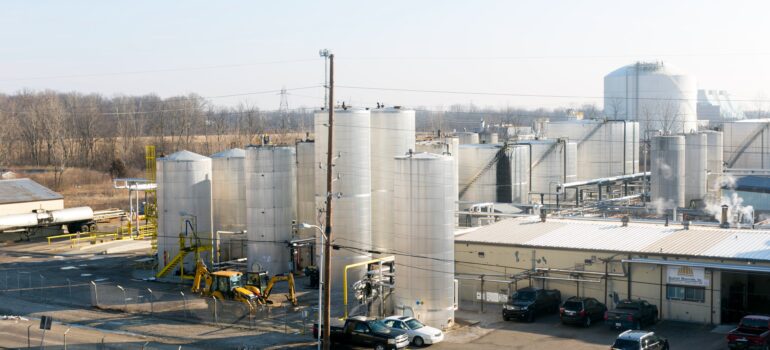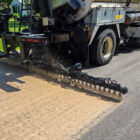Helping Our Customers Build the Roads of the Future
Building longer-lasting, safer roads starts with quality, reliable asphalt materials. Our portfolio of asphalt products offers an innovative solution at every pavement stage, from pre-preservation to full reconstruction, providing you with the right solution for your project, and your budget, every time.








Recent Comments